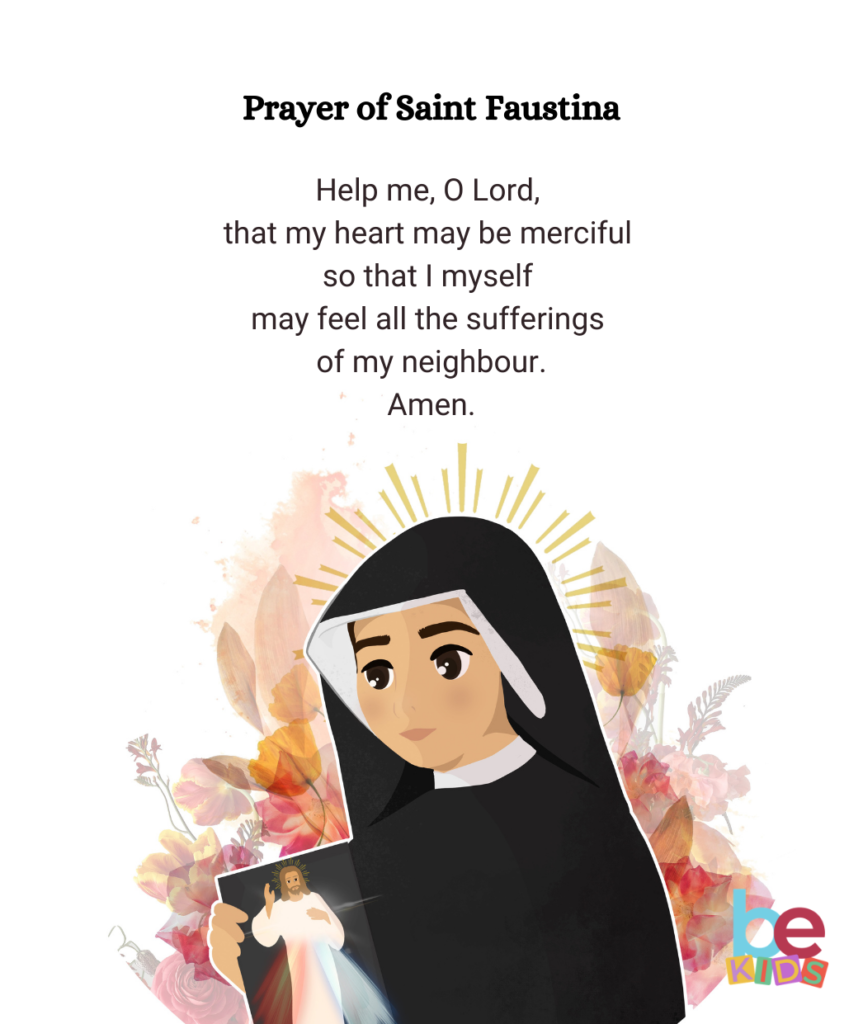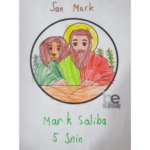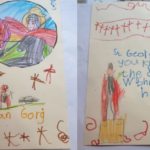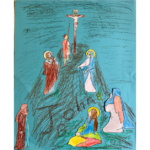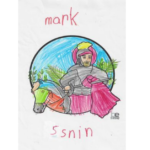
Saint Faustina of the Blessed Sacrament is the bearer of the universal message for humanity of God’s love for us, manifested in His infinite mercy. It is a mercy that cannot be measured because it embraces all, irrespective of whatever shortcomings and failures, we might be carrying.
St Faustina tells the world that the Suffering Christ expects us to turn to Him and with a sincere and contrite heart, declare, “I trust in You.” Following her example, we can all find refuge and spiritual strength in the Blessed Sacrament, upheld by the intercession Mary, the Immaculate Conception.
Besides declaring her a Saint for Divine Mercy, Pope John Paul ll, also declared the First Sunday after Easter to be dedicated as the Sunday of Divine Mercy, with a novena (nine days of prayer) starting on Good Friday.
Born from a poor family, after school, Faustina started to work to support her family. She felt the God was calling her to become a nun. In her writings, she stated that she had seen and spoken to Mother Mary and Jesus. In fact, Jesus appeared to her as the Divine Mercy and she painted what she saw. Jesus wearing a white garment with his right hand raised in a sign of blessing and the other hand touching the white garment with red and blue rays coming out from the garments. St Faustina encouraged people to pray the Divine Chaplet. She also prayed a lot for the Priests.
